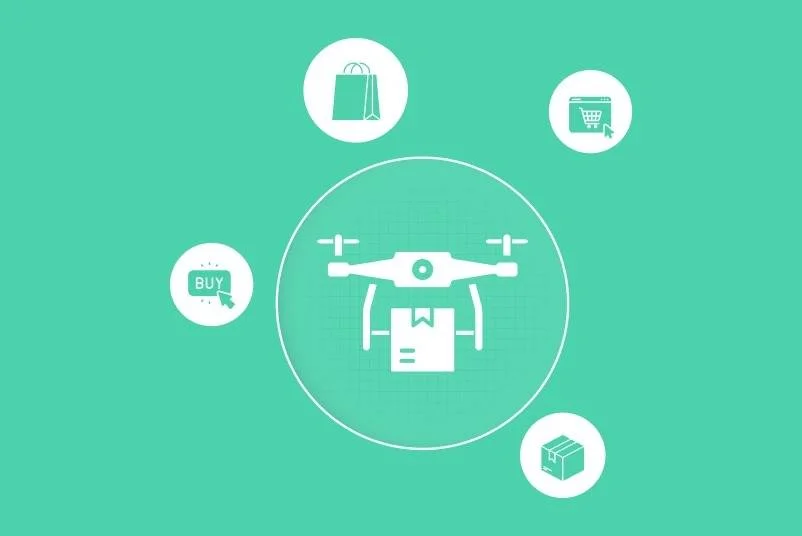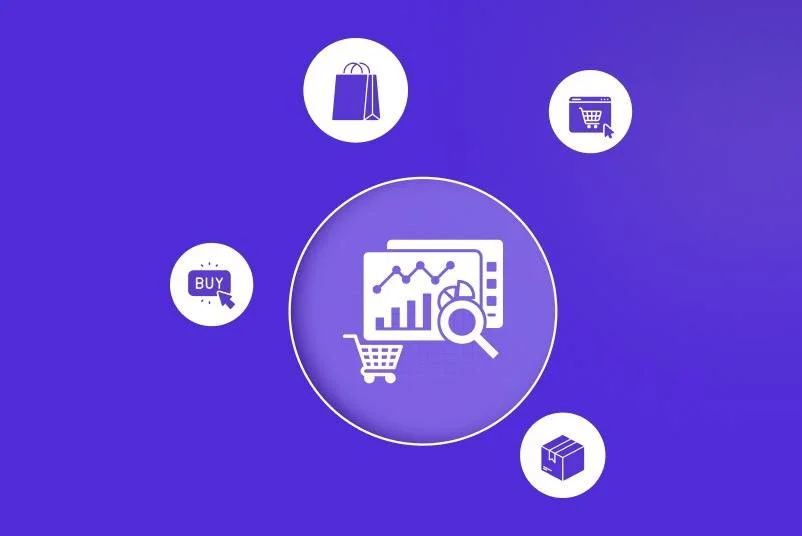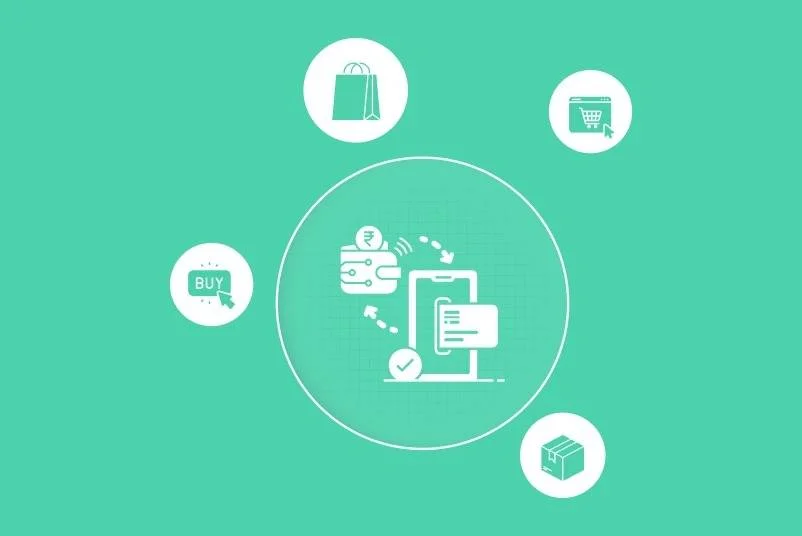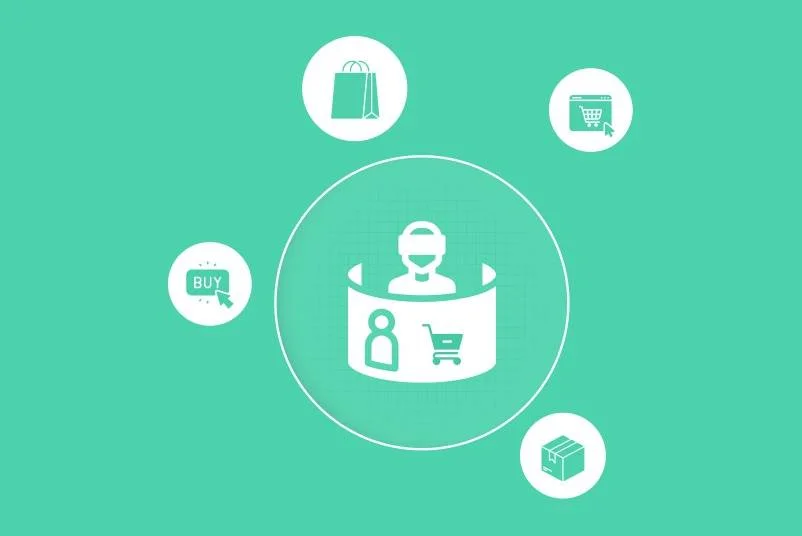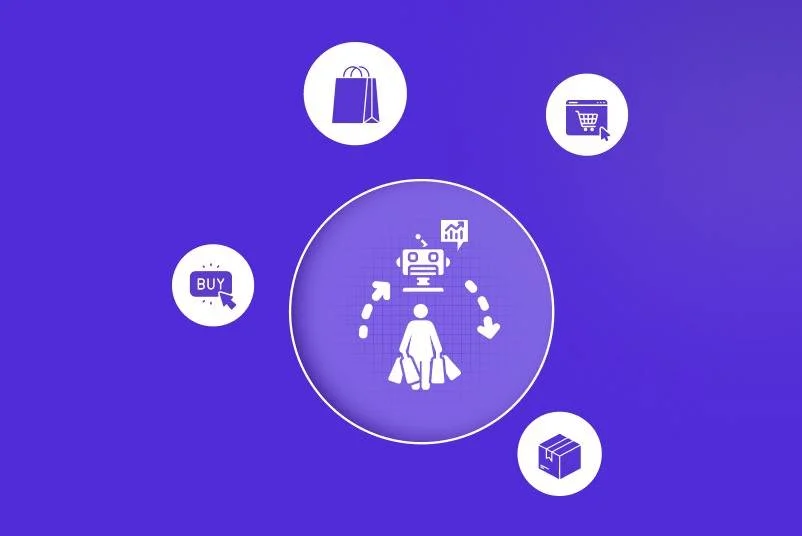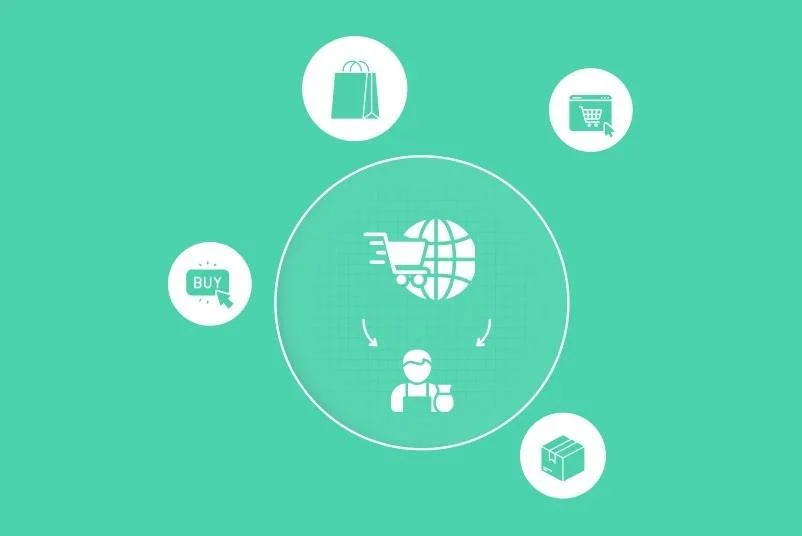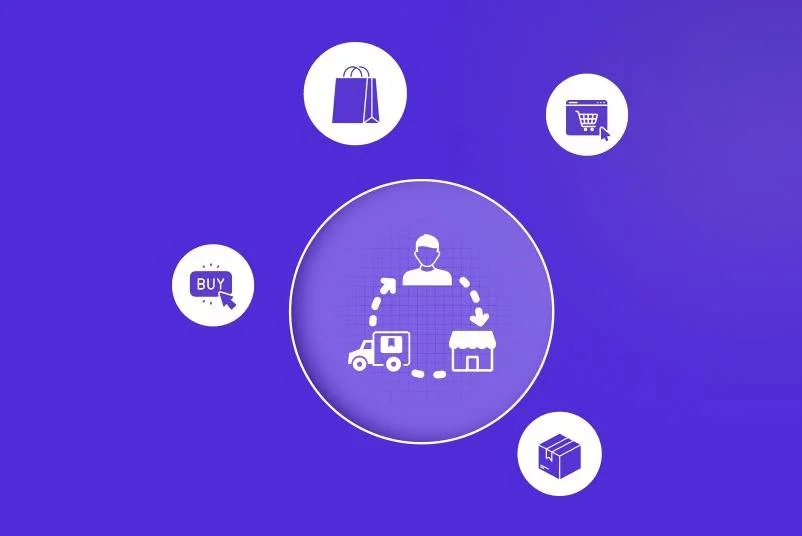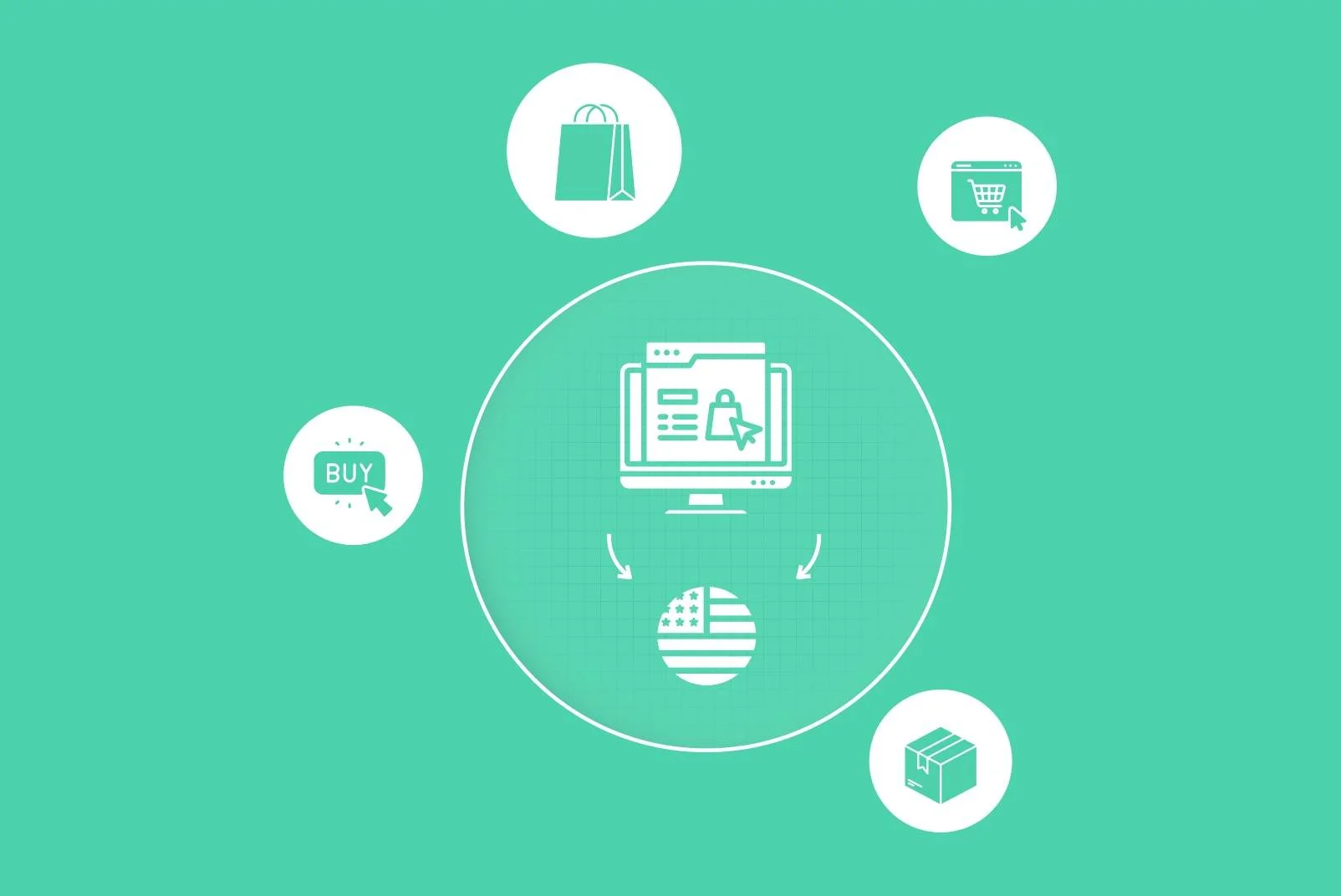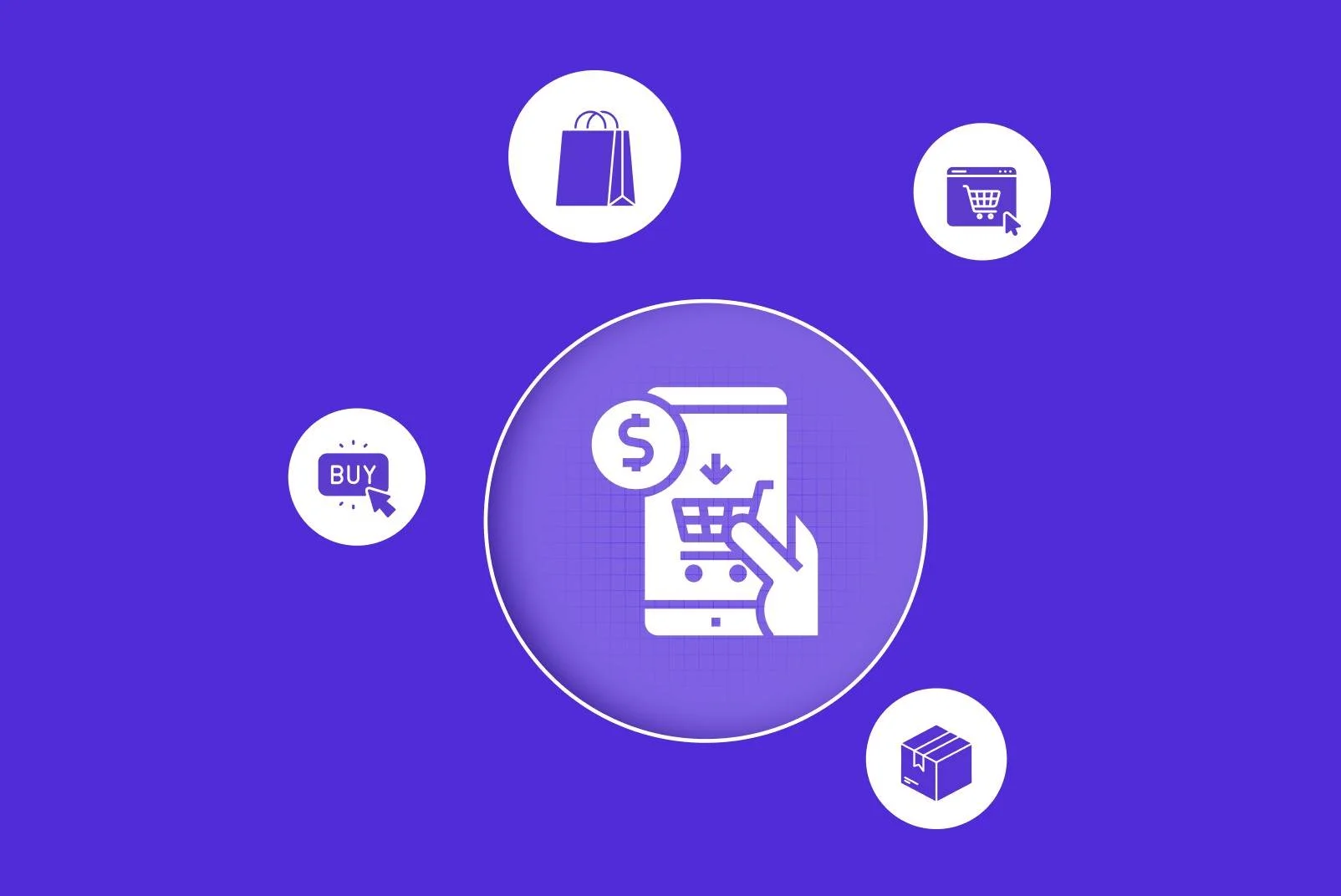The Growing Importance of Hindi and Regional Languages in Indian eCommerce
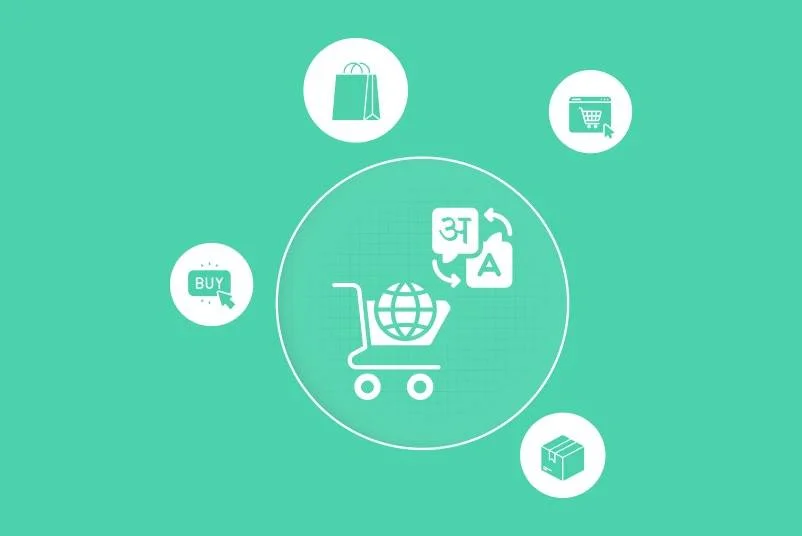
India's digital story has been nothing short of revolutionary. With rapid internet proliferation and affordable smartphones, a new wave of consumers has come online, many of whom hail from non-metropolitan areas and prefer regional languages over English. Recognizing this shift, it's essential for eCommerce platforms to prioritize vernacular content to truly capture the essence of India's vast and diverse market. eccofi, as a frontrunner in eCommerce consulting, sheds light on the monumental importance of Hindi and regional languages in the Indian eCommerce landscape.
Redefining User Engagement:
Gone are the days when English was the sole gateway to the internet in India. Regional languages, led by Hindi, are seeing an exponential rise in digital content consumption. By providing content in regional languages, eCommerce platforms can foster deeper connections and ensure a more intuitive shopping experience for users.
Expanding Market Footprint:
Vernacular language support is not just a value-add; it's a business imperative. It allows businesses to tap into the enormous potential of Tier 2 and Tier 3 cities, where regional language preference is pronounced.
Enhancing Customer Trust:
When a consumer interacts with a platform in their native language, it builds an inherent trust. They can understand product descriptions, reviews, and policies better, which leads to more informed purchase decisions.
Local Influencers, Global Impact:
Partnering with regional influencers who resonate with local populations can further enhance brand reach and credibility. These influencers can create content in regional languages, ensuring a wider and more engaged audience base.
Conclusion
The Indian eCommerce space is evolving, and regional languages are playing a pivotal role in shaping its future trajectory. Embracing this trend is not merely an option but a necessity for businesses aiming for comprehensive market penetration. With eccofi's expertise in eCommerce consulting, platforms can seamlessly integrate regional languages and ride the wave of vernacular digital growth in India.
